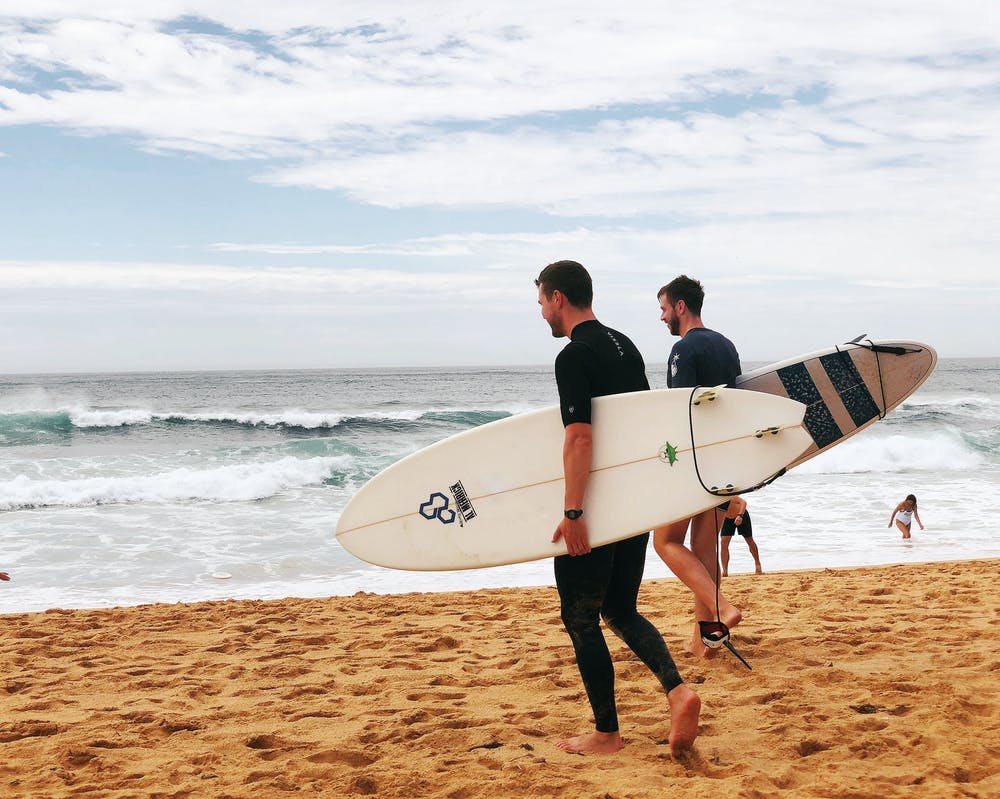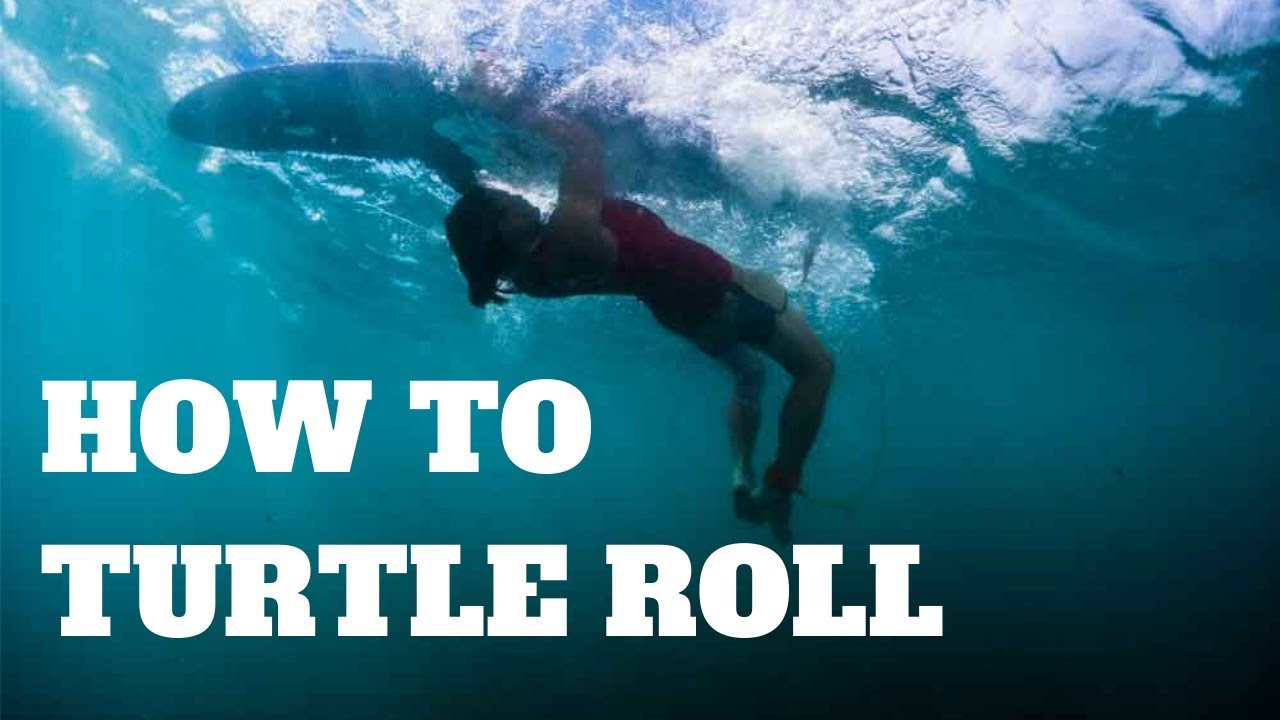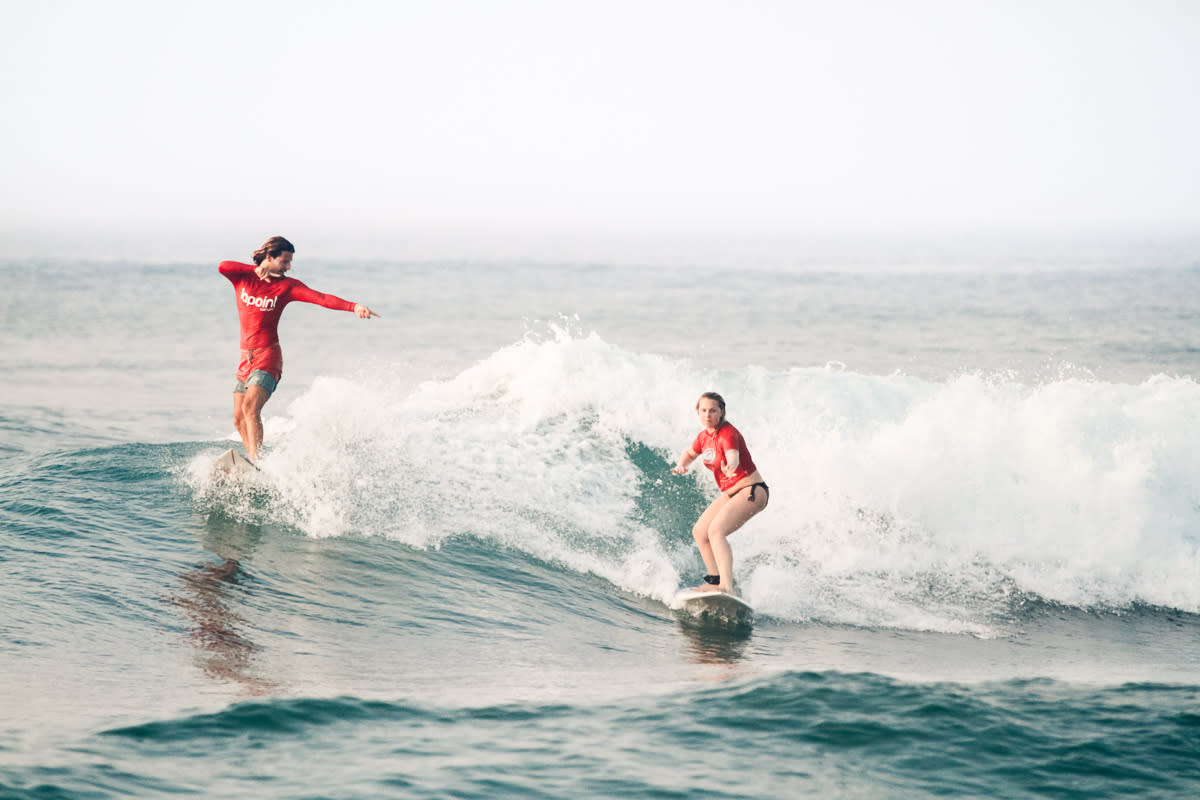
This article is mainly for beginners, but I recommend re-reading it for experienced surfers to brush up on the cultural aspect of their favorite sport.
Surf etiquette is an essential part of surfing, a base that everyone should know.
There are many articles on this topic, but the trouble is that if you don’t know that there is such a concept, it will not occur to you to google something like a “surfing rule,” this is not football; it seems that everything is intuitive understandably.
I like the phrase “Safe Skating Culture” because it reflects the essence closely as possible.
Firstly, these rules were invented to make surfing safe, and secondly, we are civilized people, and surfers, like any other community of people, have their norms of behavior.
So, below I will list the basic rules of surf etiquette and explain why they exist in terms of safety and mutual respect. Remember.
Table of Contents
One wave – one surfer

Surfers on long, clumsy boards with the whole crowd raked on one wave rode straight or a little to the side; no one interfered with anyone—one solid fun.
But over time, the boards became lighter and more maneuverable, and surfers wanted to ride more extreme.

However, several riders can hardly fit on it, and active turns require room for maneuvers.
Therefore, the surfers decided that it was more profitable to ride one person on the wave – so as not to interfere with each other and not create the danger of a collision.
How to choose whose wave it is? It was decided this way – priority is given to the surfer with the potentially longest pass.
In other words, the one who is closer to the peak of the wave, the place where it begins to close.
If this is the left wave, then the one that sits farthest to the right. If the right one – from the one to the left.
If someone rides along with the lock, and another surfer starts before him, cutting the trajectory, this is called Drop and is considered the greatest sin.
Dropping is very dangerous since the surfer riding the wave has already gained speed, plus he is closer to the peak, where the tide pushes the board harder, which means that his acceleration is higher than that of the one starting in the cut.

The potential collision hazard is high, damaged boards and bodies.
From the point of view of ethics, dropping is also ugly because, in this way, you deprive the surfer of the ability to maneuver on the wave freely, or, more simply, you break off his buzz.
Of course, when friends ride together, sometimes they take the same lock but agree about it in advance.
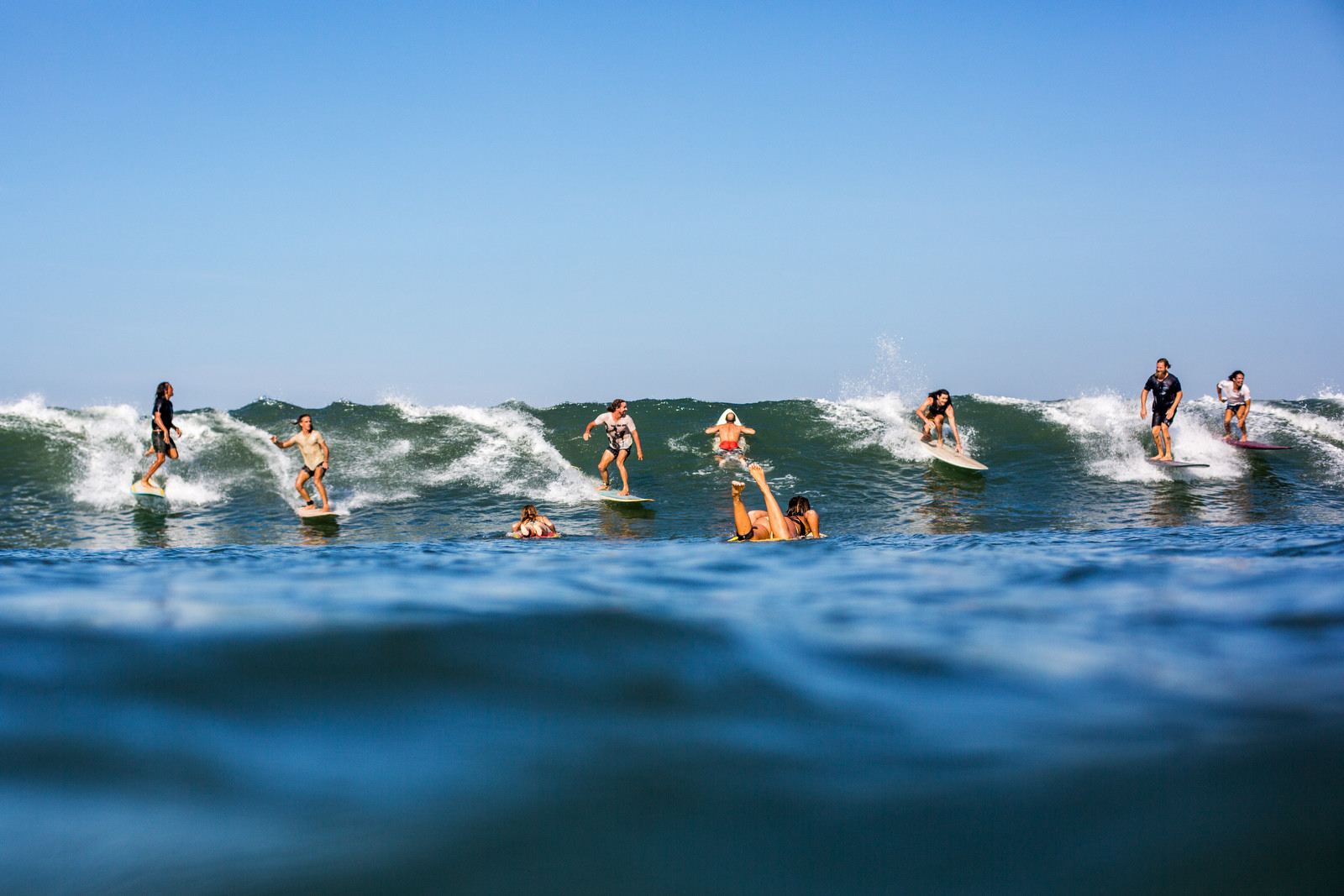
In addition, if someone is waiting for a wave for a long time, he can be skipped. It often happens to beginners who are scared to swim to the very peak.
As a result, they sit on the side and never become a priority. Being greedy is a good habit at the table and in the ocean.
If you have just left a sound wave from the very peak, do not immediately return to the priority position, sit a little on edge, let others also ride along the spiral.
Also, don’t cheat. If the surfer sits not in priority but at the last moment swims around the second from the bottom to get closer to the peak, this is called Snake (The name refers more to the trajectory than to the motive, but this is still a cold-blooded snake trick.)
The danger is that you may not be in time and be right under the start of another surfer, but more importantly, this is meanness.
The snake is penalized with half the points removed for the best wave in competition.
Don’t get in the way of other surfers.
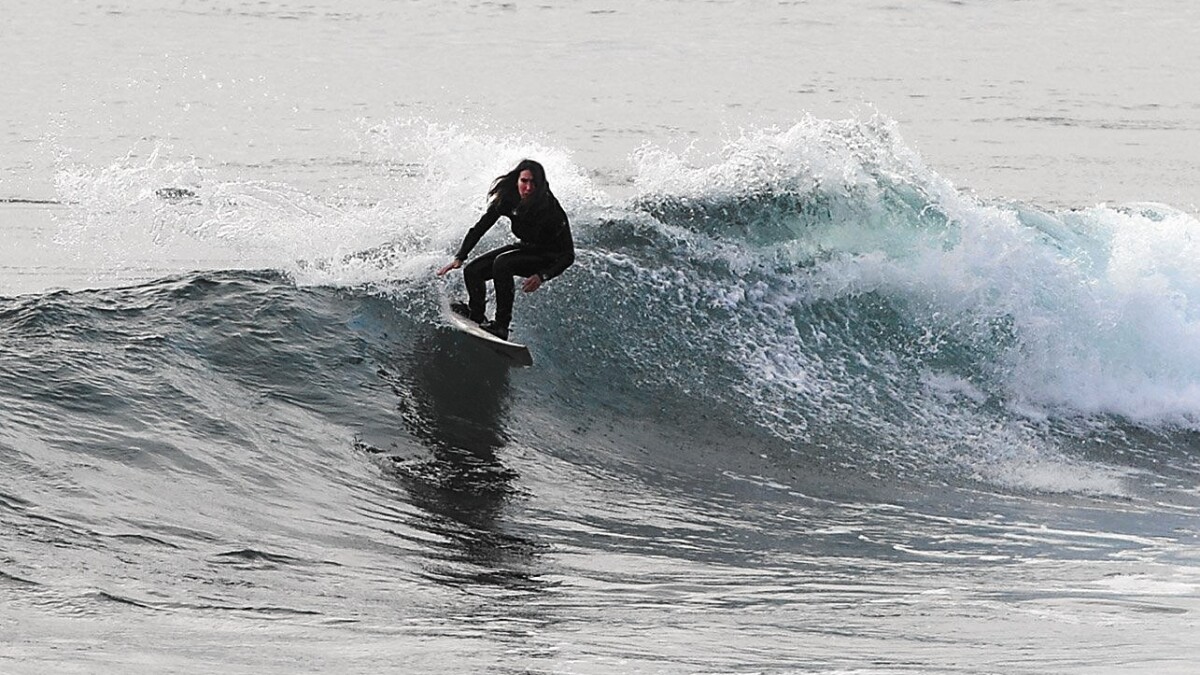
In reality, dozens of other people also want to ride. In addition to not dropping, it is also essential to try not to interfere with whoever is driving.
To do this, you need to constantly monitor what is happening around you and not find yourself on a potential travel trajectory.

An inexperienced person can get confused and crash.
After your wave, you need to return to the lineup through the channel. (A channel is a current into the ocean, which is located away from the breaking of the waves.)
It is logical from the point of view of energy consumption: by breaking ahead, you will only waste your strength, overcoming the closing waves, and in a roundabout way, the reverse current itself will help you swim out. It can be challenging to swim from the collapse zone to the channel since the waves close on you or a little higher; in this case, you can go down with foam a little down to the shore and there calmly shake off to the side.
A case from one’s life. A few years ago, a friend was seriously injured while surfing.
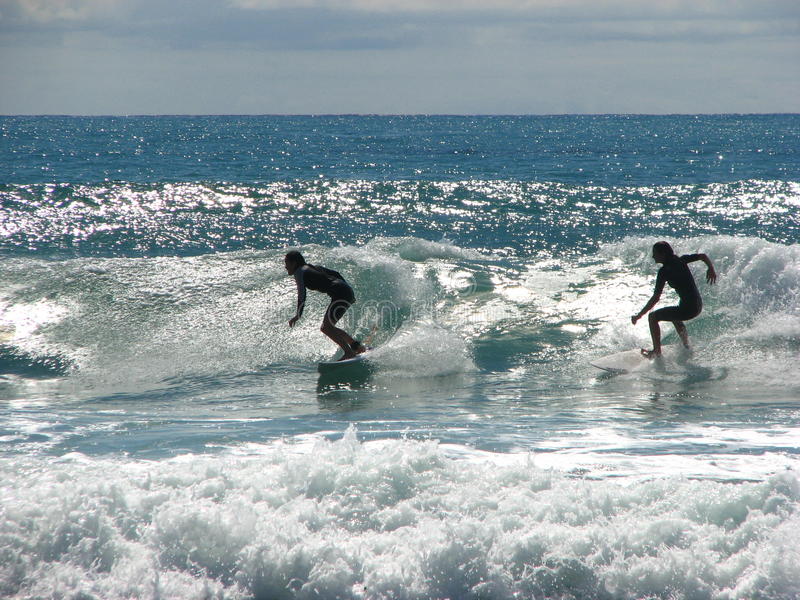
Then, an enormous wave came, which gave a good pipe.
The surfer took the lock, rode in the tube, and naturally did not see what was happening below. As a result, she makes a not very deep duck dive precisely in the place of the collapse.
At this moment, the surfer leaves the pipe, notices it at the last second, and, fortunately, manages to jump off the board.
Unfortunately, the sharp nose of the shortboard cuts into her side, snapping two ribs and piercing her pleural space. It was lucky that the skin withstood and did not burst.
Otherwise, it would not have been able to breathe. Well, if the surfer hadn’t jumped, the blow would have been much more substantial.
Somehow she was taken to the hospital, had an operation, and everything ended well, but this is tremendous luck.
The fault is 100% hers; you must not be lazy and swim in a large circle through the canal, especially when riding in a severe alignment.

If you see a surfer on a wave and cannot predict whether you will have time to slip through an unclosed section in front of him, it is better not to risk it and, on the contrary, shift towards the foam.
Yes, you will be confused, but avoid a collision and not spoil a person’s journey.
The same tactic works on the lineup when a more significant wave comes in – you need to move quickly to get out of the potential trajectory of the one who will go.
But it would help if you also left competently. I’m not sure if you have enough time to swim perpendicular to the wave, not parallel, to cover less potential trajectory with yourself.

It doesn’t matter if you do popsicle rolls or duck dives; squeeze your hands like the surfboard is your last chance to survive.
By throwing the board, you endanger everyone within a radius of several meters (board length + leash length).
The blow can be powerful if it flies into someone riding the wave.
Those who are just swimming after you, in this case, have all the chances to take the attack on the head, which is very dangerous, from bumps and dissections to the loss of a tooth and even an eye.
Be vigilant yourself, too – keep your distance, do not swim strictly after someone, even diagonally stay away, because you never know how a person will behave in an extreme situation.
The video below is an excellent example of how it happens in life. It’s good that the surfer on the wave was able to turn away.
It’s terrible that a surfer with a longboard swam not in foam, but across the board, but well done, that at least he didn’t throw the board.
Sometimes, in the most extreme cases, you can throw the board and dive, for example, if you are in a very unsuccessful position and someone else’s panel or the surfer is flying at you.
And here, it is also essential to know if there is someone behind you because if there is, you still need to hold the board and do a popsicle roll (even on a shortboard) to protect yourself from the blow.
Therefore, it is helpful in often looking over the ocean and keeping in mind the surfers’ location on the line.
Soberly assess your strength.

Panic, hesitation in making decisions, and incorrect actions due to lack of experience create hazardous situations.
Returning to the story about my friend with a broken rib, her main mistake was not the wrong trajectory, but the fact that she even went skating in this alignment was not worth it.
If it so happens that you find yourself in conditions for which you are not ready, immediately retreat to the shore, do not play the hero.
If you do not know how to swim, ask the surfers who are nearby for help, they will not leave you in trouble.
And do not leave others yourself; watch those around you and be ready to help!
To have fun, you have to surf culturally. And wisely.



